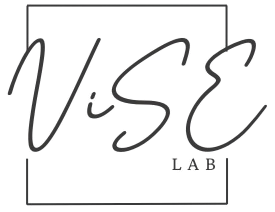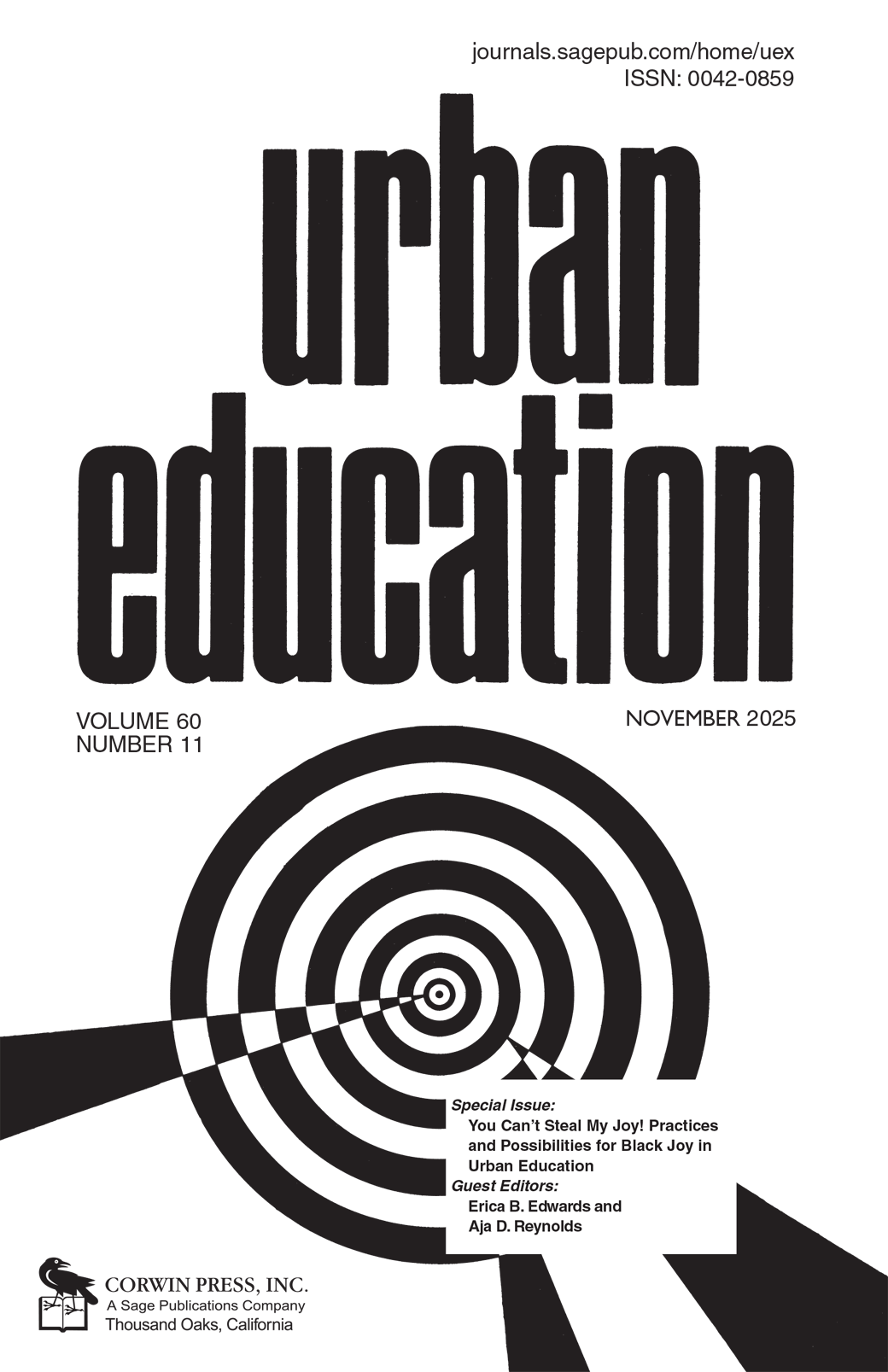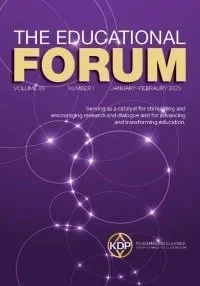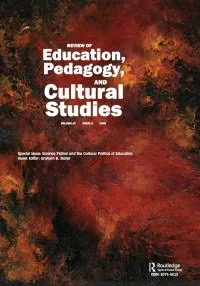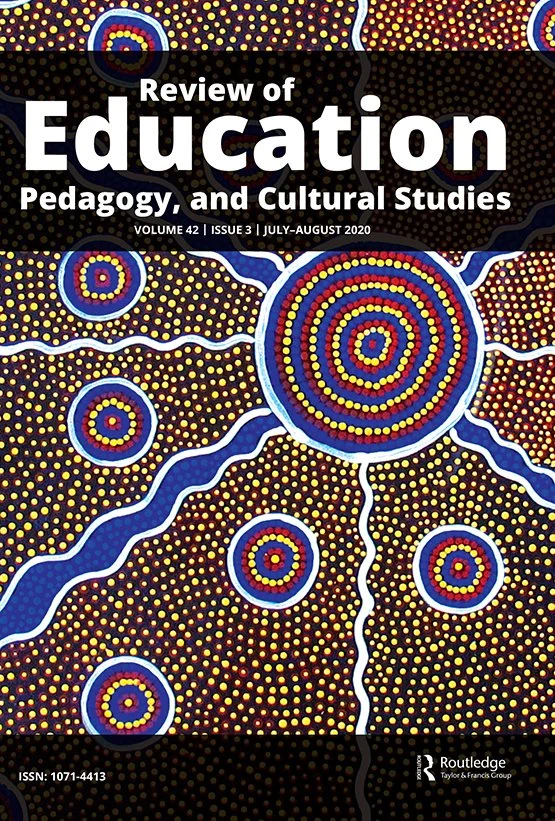“Torn between ways”: Exploring (non)dualities through visual duo-nkwaethnography as Black motherscholars
Abstract:
Taking up the Black critical feminist perspective that the personal is political and that me-search is research (Dillard & Bell, 2011), we explore the everyday ways that our lives are shaped by the interlocking effects of race, gender, class, and our positions as Black mother scholars in higher education. Through photovoice and video diaries, we documented how we live and do our work as Black mother scholars. This chapter outlines the guiding prompt: What does it mean to be a mother scholar? Our visual duo-nkwaethnography (Allen-Handy, 2021) project responds to this question, naming and visually articulating the inherent dualities in our work as Black mother scholars and our positions in the academy. We use the concept of the borderlands (Anzaldúa, 2020) to tease out the tensions, liminalities, and affordances of being Black motherscholars admit rampant anti-Blackness and the ableist, neoliberal patriarchy upheld by institutions of higher education in this particular historical and political moment.
Truth tellers: Using photovoice method to inform retention with teachers of color
Abstract:
This paper highlights the value of photovoice method for creating affinity spaces, crafting counterstories, and informing retention practices for urban teachers of Color. The research team, together with an affinity group of teachers of Color, used photographic images to foster a deeper understanding of the question, “What does it mean to be a teacher of Color in today’s schools?” The images serve as the foundation for counterstories that speak to the deep role and responsibility that teachers of Color have in today’s urban schools and inform culturally responsive retention practices.
Counterstories of teachers of color: Photovoice narratives from educators who “walked in their shoes”
Abstract:
This study uses photovoice to explore the lives of teachers of Color in predominantly White US educational settings. Through affinity groups and an arts-based approach, it highlights the parallels between the educators and their students, advocating for compassionate workspaces that prioritize well-being, time, growth, and wonder in the profession. Findings suggest that these strategies foster a sense of community, enhance professional satisfaction, and ultimately improve retention and satisfaction. This research offers significant implications for policy and practice in diverse educational systems globally.
We’re more than just Black History Month: A visual culture audit of a dual language diverse-by-design school
Abstract:
Diverse-by-design schools—educational institutions that explicitly name diversity as part of their mission statement—comprise an increasing number of state authorized schools in the United States and have consequently shifted school design in the K–12 school sector. Through a qualitative data collection, including a visual culture audit, this paper highlights how one dual language school, despite its diverse-by-design mission, did not recognize Black students until February during U.S. Black History Month. It examines implications of the disjuncture between diverse-by-design rhetoric and actual practices.
In October 2024, we held a Photovoice Exhibition at Montclair State University.
The Storied Experiences of Educators of Color through Photovoice brought together teachers and other educators of color from throughout the New York - New Jersey - Ohio regions to engage around their experiences in P-12 schools.
In this photo exhibition, the educators share their responses to eight questions through captioned photographs:
What does it mean to be an educator of Color in today’s schools?
What fulfills you as an educator of Color in today’s schools?
What are some challenges or roadblocks to achieving your professional goals?
What sustains you in your work?
What is your why?
How do outside forces affect your teaching?
What does it mean to develop professionally as a teacher of Color?
What is the story you live by as a teacher of Color?
Black girls seeing urban schools: Visual, affective, and discursive (re)conceptualizations of safety
Abstract:
Joining the chorus of Black/Critical Race Feminist scholarship in education, this article explores how both affect and visuality inform understandings of safety for Black girls in schools. Using participatory visual ethnography, I explore how five young Black women at a Philadelphia magnet school conceptualize safety as an affective achievement of visionary school design. I argue that any attempt to address safety for Black girls in urban schools must include attention to the visual school culture and the affective dimensions of the school environment to fully account for the ways these dimensions counter or enable further physical, emotional, or spiritual harm.
“What is the truth?:” On teaching paradoxes, race, family, and the self with Octavia Butler’s Kindred
Abstract:
This article investigates the pedagogical power of teaching and learning alongside Octavia Butler’s Kindred. I examine the stories of students enrolled in a special topics undergraduate honors seminar centered on personal discovery, race, and family using grounded theory and narrative textual analysis. Students’ narratives reveal the ways Kindred and science fiction more generally offer opportunities for substantive culturally disruptive pedagogy (San Pedro, Citation2018) through sustained engagement with the mechanics of time travel, contending with impossible choices, and wrestling with contradictions and paradoxes. Learning from this course demonstrates the usefulness of Black feminist speculative pedagogy for building students’ capacity for naming what is (Ohman, Citation2021) and by extension disrupting and confronting the historical and contemporary legacies of racism and heteropatriarchy.
(Re)Seeing Black girls: intersections of liberalism, difference, and the hidden curriculum
Abstract:
This article analyses the race and gender norms embedded in the verbal and visual discourse at an internationally acclaimed secondary magnet school in Philadelphia. While scholars have documented the visual learning of adolescents and elementary school-aged youth of colour extensively, few have focused exclusively on the nature of visual learning for young Black women in and around urban schools. The nature of looking and the visual is a highly contested and political process in the twenty-first century urban context. Images saturate the cityscape; these images teach. Thus this article examines the specific lessons related to race, gender, and place young Black women learn from the school adults who shape the visual culture of their school environment. Based on an ethnographic, photographic and discourse analysis study, this article argues that even in the context of an award-winning, progressive, liberal-minded school culture, young working class Black women are often softly encouraged to change and or are re-programmed into more palatable, commodifiable versions of themselves that both sustain and advance the school’s identity as different. This ‘re-programming’ often requires young Black women to alter their dress, speech, and physical demeanour in order to find belonging in a larger school culture dominated by a discourse of inclusivity and diversity.
Unpacking and complicating the ethics and pedagogy of visual studies with youth
In the spring of 2019, we had the opportunity to team teach a doctoral course on Visual Ethnography. Most of the students came to the class because they were either intrigued by the concept of visual data, or the course just fit best with their schedules that semester. In short, we were working with graduate students who were a relatively blank slate when it came to visual research and visual methodologies.
